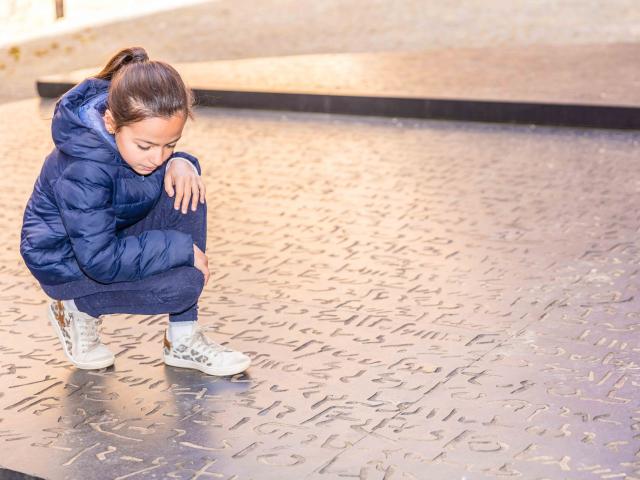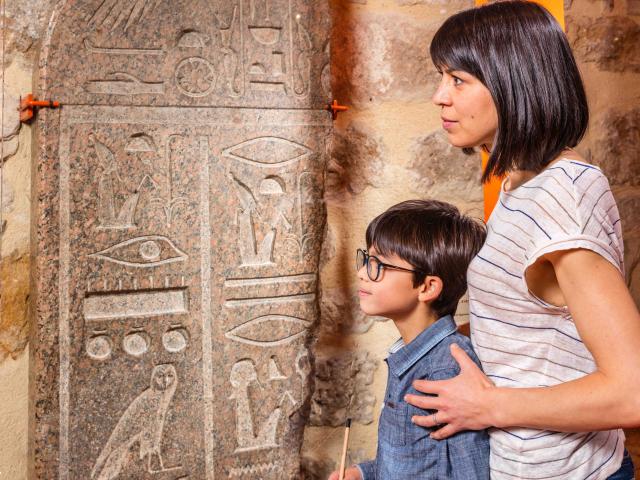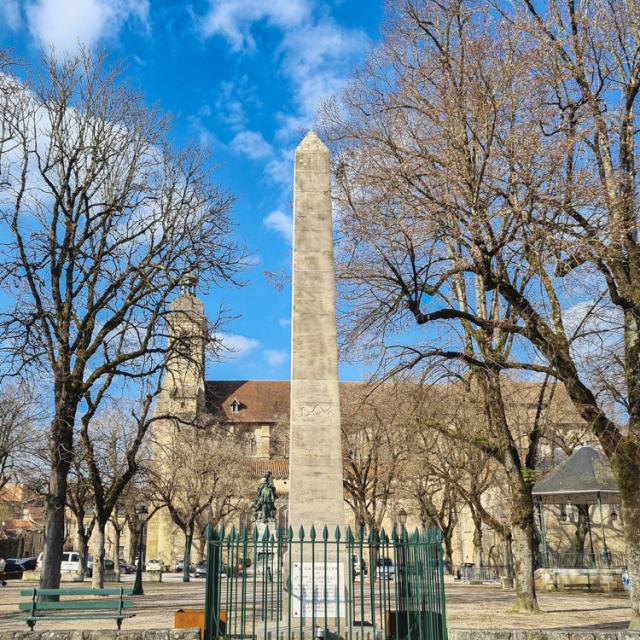 Paul N. Dubuisson (31)
Paul N. Dubuisson (31)A family history
Jean-François Champollion was born into a family that belonged to the petty bourgeoisie of Figeac. His father,Jacques Champollion, a book peddler originally from the Dauphiné, settled in Figeac in 1770. He opened the city’s first bookstore, place de la Halle, a place much frequented by the city’s cultivated population. He moved into a house, rue de la Boudousquerie, now rue de Frères Champollion. In 1773, he married Jeanne-Françoise Gualieu, the daughter of a city merchant.
Originally from a family of seven children, Champollion Le Jeune was the couple’s last child. Baptized at the churchNotre-Dame-Du-Puy, he grew up among books and showed extraordinary precociousness. At the age of five, he learned to read on his own.
Early on, his brother Jacques-Joseph Champollion, one of the most prominent intellectuals in the city of Grenoble, took him under his wing and took charge of his education. He took him with him in 1801 and got him into the Lycée de Grenoble. He will be by his side all his life to encourage him in his work.














